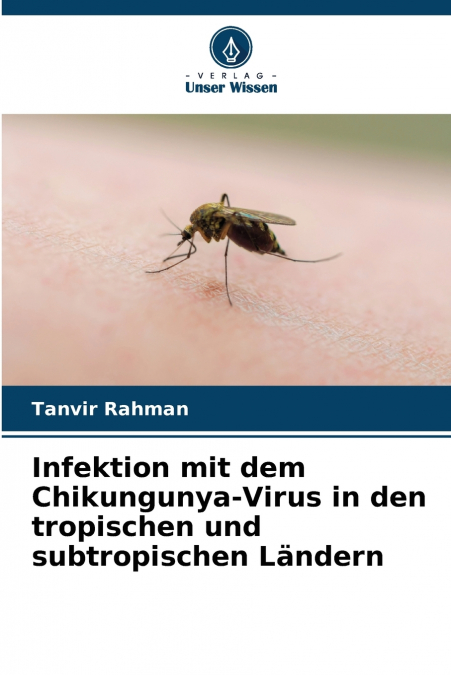
Tanvir Rahman
Das Chikungunya-Virus, ein Mitglied der Familie der Togaviridae, ist ein durch Mücken übertragenes Virus. Es ist der Erreger des Chikungunya-Fiebers, einer wiederauftretenden zoonotischen Viruserkrankung, die eine ernste Bedrohung für die nationale und globale Gesundheitssicherheit darstellt. Seit seiner ersten Entdeckung in Tansania im Jahr 1952 wurde das Virus in mehr als 60 Ländern der Welt nachgewiesen, obwohl das CHIKV den historischen Aufzeichnungen zufolge wahrscheinlich schon seit 1779 existiert. Aedes aegypti-Mücken in tropischen und subtropischen Regionen sind hauptsächlich für die Übertragung des Virus verantwortlich, doch besteht die Möglichkeit einer weiteren Ausbreitung aufgrund einer genetischen Anpassung des Virus an Aedes albopictus, eine Art, die in gemäßigten Regionen gedeiht. Das Virus stellt ein ernstes Problem für die öffentliche Gesundheit in den tropischen und subtropischen Ländern dar, insbesondere in den Entwicklungsländern, in denen keine ausreichenden diagnostischen Möglichkeiten und Kontrollmaßnahmen zur Verfügung stehen. Es handelt sich um eine nahezu selbstlimitierende Krankheit, doch sind aktive Überwachung, Früherkennung, Vektorkontrolle und Sensibilisierung der Öffentlichkeit auf lokaler, nationaler und internationaler Ebene für die wirksame Bekämpfung der Chikungunya-Virusinfektion von entscheidender Bedeutung.